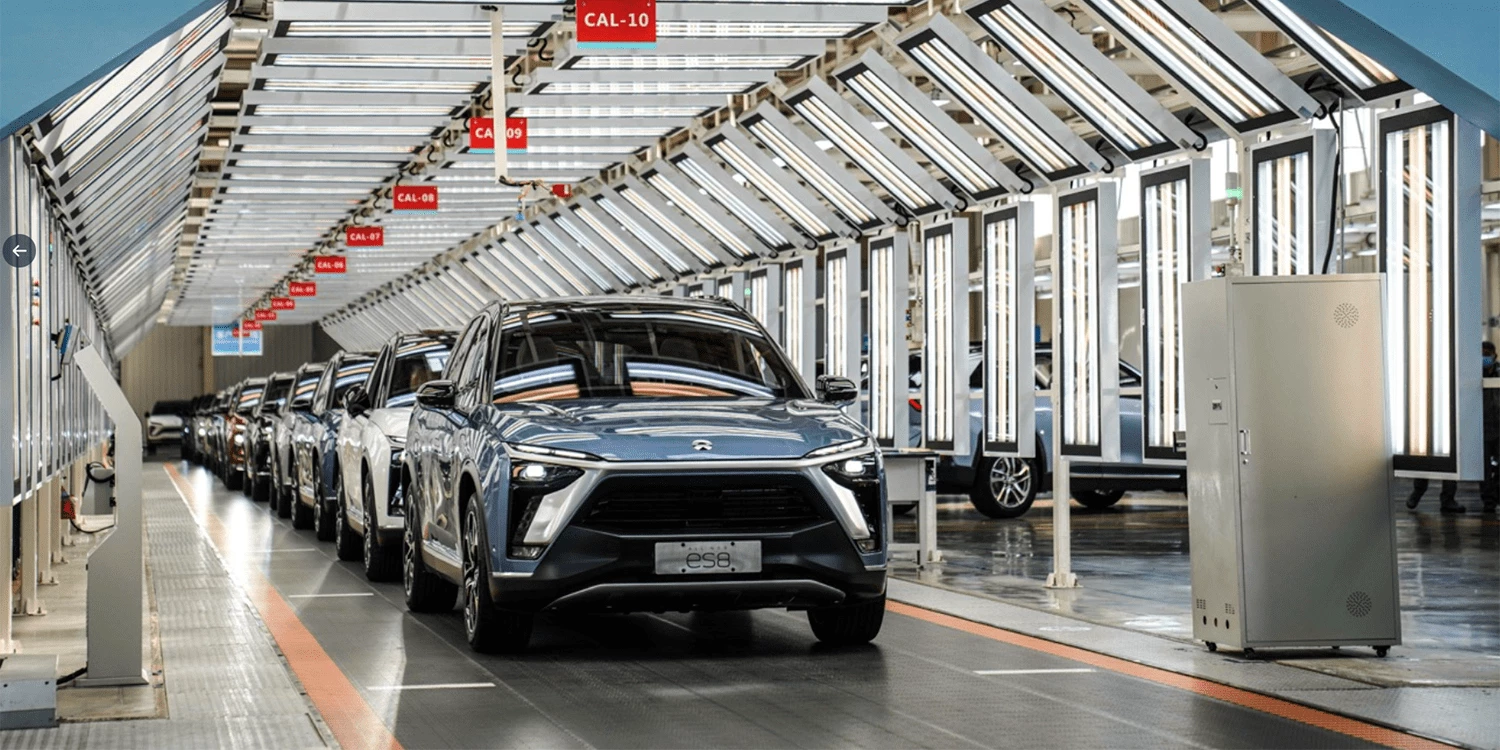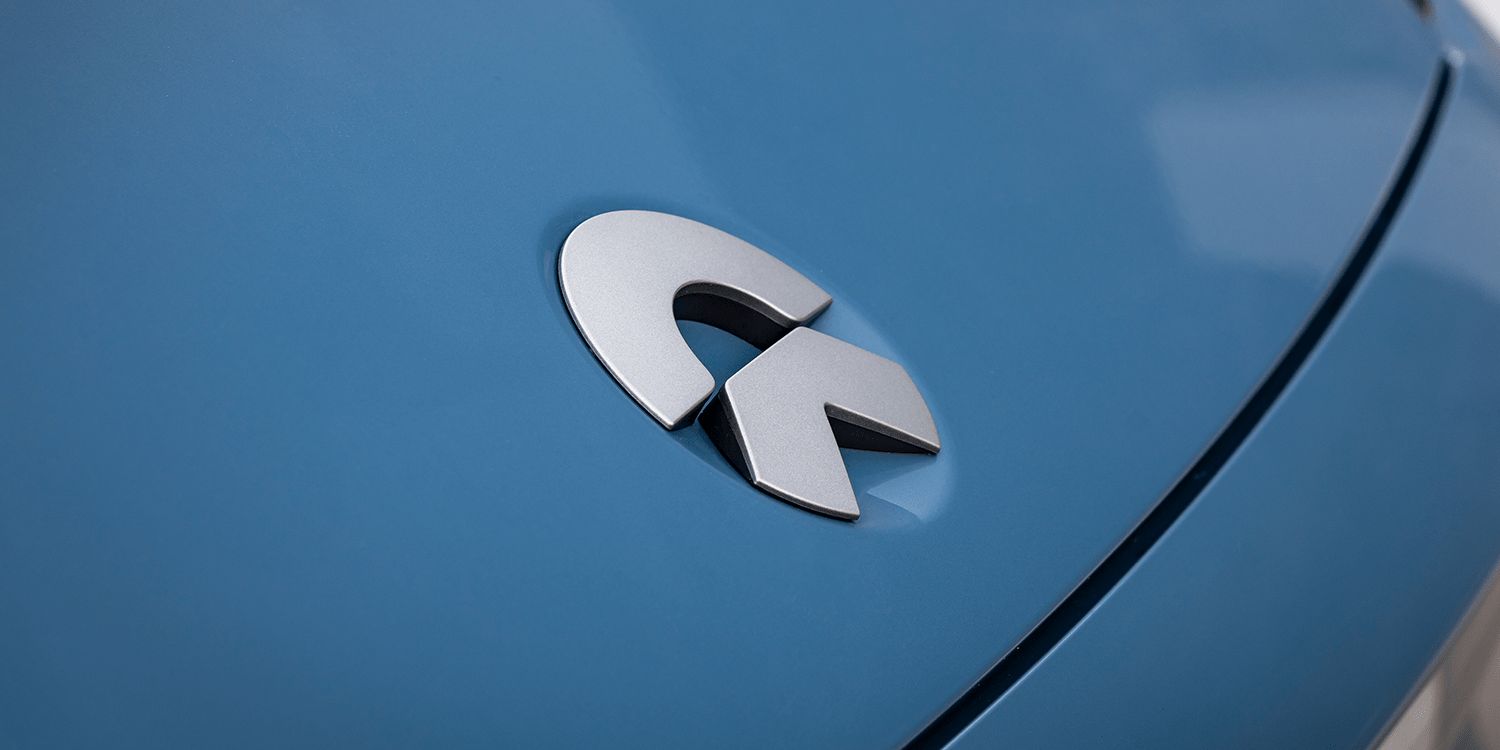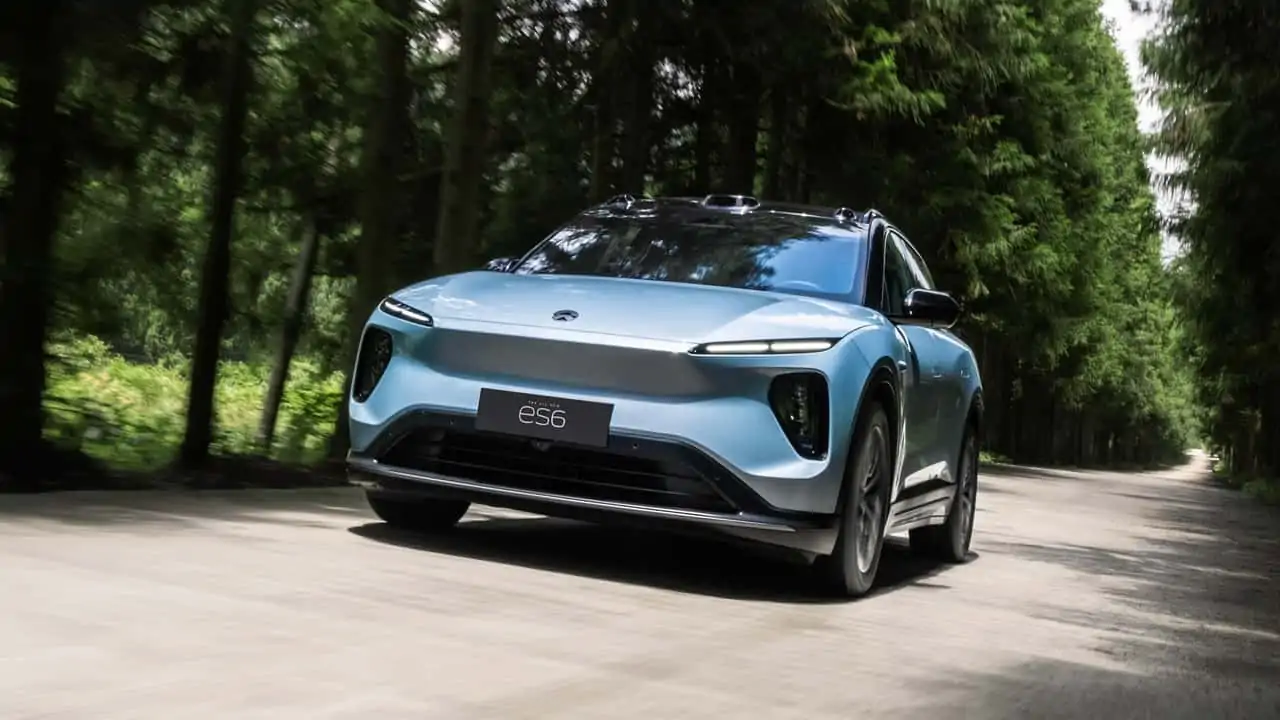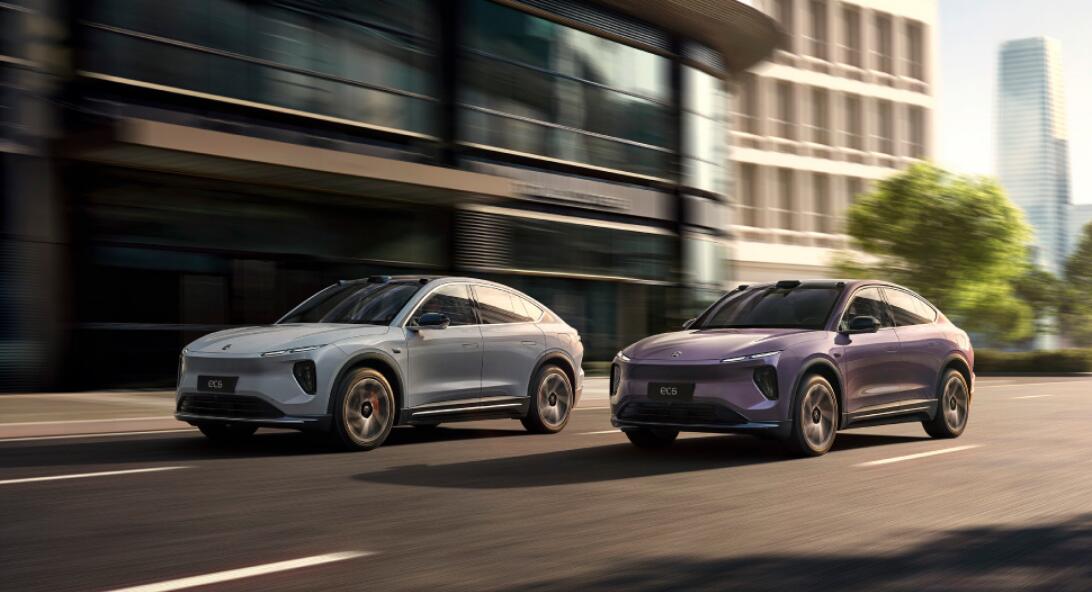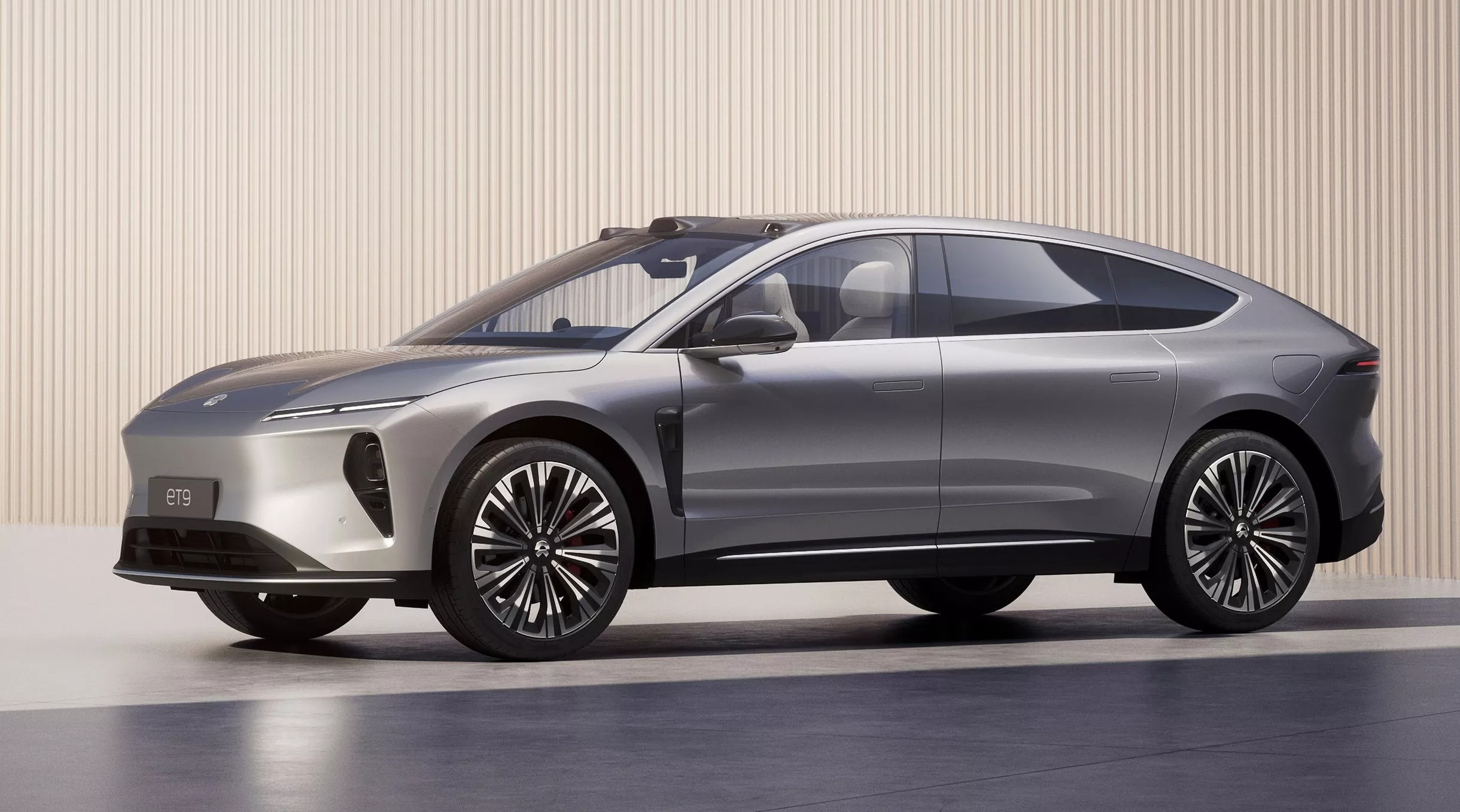Chinese electric vehicle (EV) manufacturer Nio (NYSE: NIO) is considering the addition of lithium iron phosphate (LFP) batteries to its lineup in a strategic move aimed at improving profitability and reducing production costs. The Ministry of Industry and Information Technology (MIIT) in China recently released a catalog of approved vehicle models for sale in the country, which included several filings from automakers detailing alterations to vehicle specifications.
According to documents scrutinized by CnEVPost, Nio has proposed changes to fourteen of its models, comprising both current and past offerings. Notably, all of these models are slated to include the LFP battery option, with Contemporary Amperex Technology Co. Limited (CATL), a prominent Chinese power cell manufacturer, supplying the battery cells and assemblies.
See also: Nio Considers Spin-Off of Battery Manufacturing Unit to Enhance Profitability
Nio’s unique feature among EV manufacturers lies in its support for battery swap technology, enabling its vehicles to utilize the latest battery packs despite their initial launch dates. Traditionally, electric vehicles employ either ternary (NCM) or LFP cells, each with distinct advantages and drawbacks. Ternary cells boast higher energy density and superior winter range performance but come with increased costs and a higher risk of thermal runaway. In contrast, LFP batteries typically exhibit lower energy density and diminished winter range performance but are more cost-effective and offer better thermal stability.
Nio previously relied on ternary batteries in its battery swap network, catering to the high-end market it initially targeted. However, in a groundbreaking move announced on September 23, 2021, Nio introduced a 75-kWh standard range hybrid battery pack utilizing a combination of ternary and LFP cells. This innovative approach delivered an extended winter range and precise state-of-charge estimates, rivaling the performance of traditional ternary batteries.
By incorporating LFP batteries into its models, Nio aims to significantly reduce vehicle costs, potentially leading to lower selling prices. This strategic shift follows Nio’s decision on June 12 to cut prices across its entire model lineup by RMB 30,000 yuan ($4,200) by eliminating the previously complimentary battery swap entitlement. Although local competitors have attempted to stimulate sales through price reductions and incentives, Nio’s pricing has remained steady since the June adjustment.
See also: Nio and Geely Forge Strategic Partnership on Battery Swapping
Riding the wave of declining battery prices and the decrease in lithium carbonate costs, Nio’s move to introduce LFP battery options aligns with an industry trend. Market research firm TrendForce notes a consistent decline in power battery prices throughout the year, with LFP battery cells being approximately 10 percent cheaper than their ternary counterparts. In November, square ternary batteries were priced at RMB 0.55 per Wh, while LFP battery cells were at RMB 0.5 per Wh, according to TrendForce data.
The potential adoption of LFP batteries by Nio underscores the company’s commitment to innovation and cost-effective solutions, aligning with broader industry trends in pursuit of sustainable growth. The public is invited to submit feedback on these proposed changes between December 9 and December 15.

